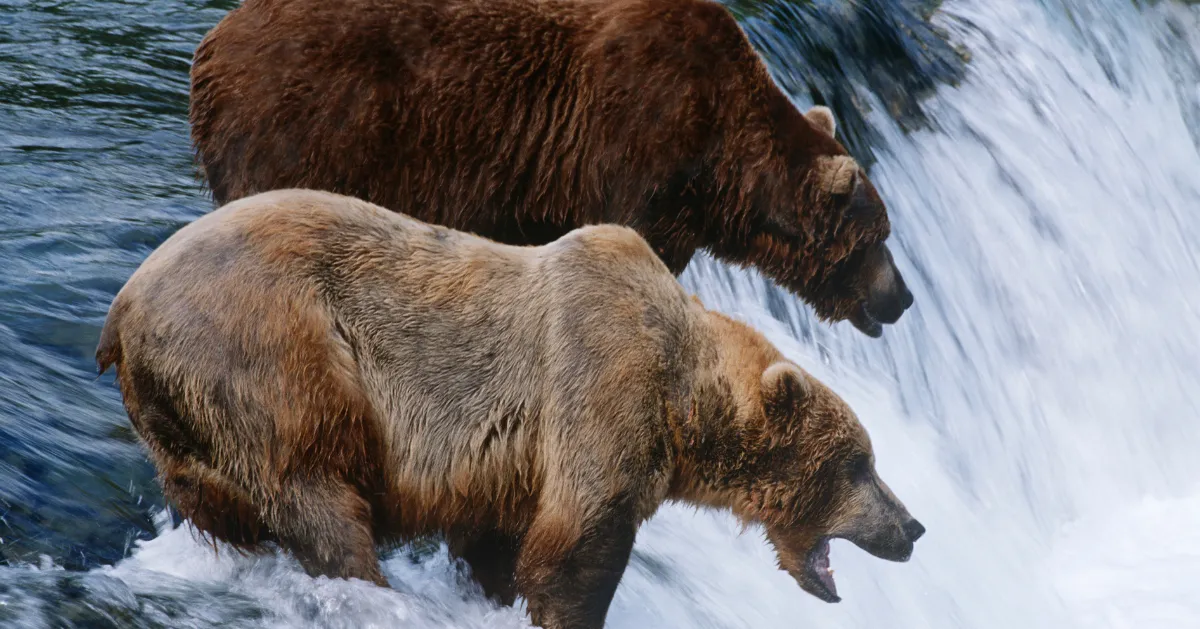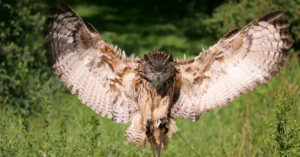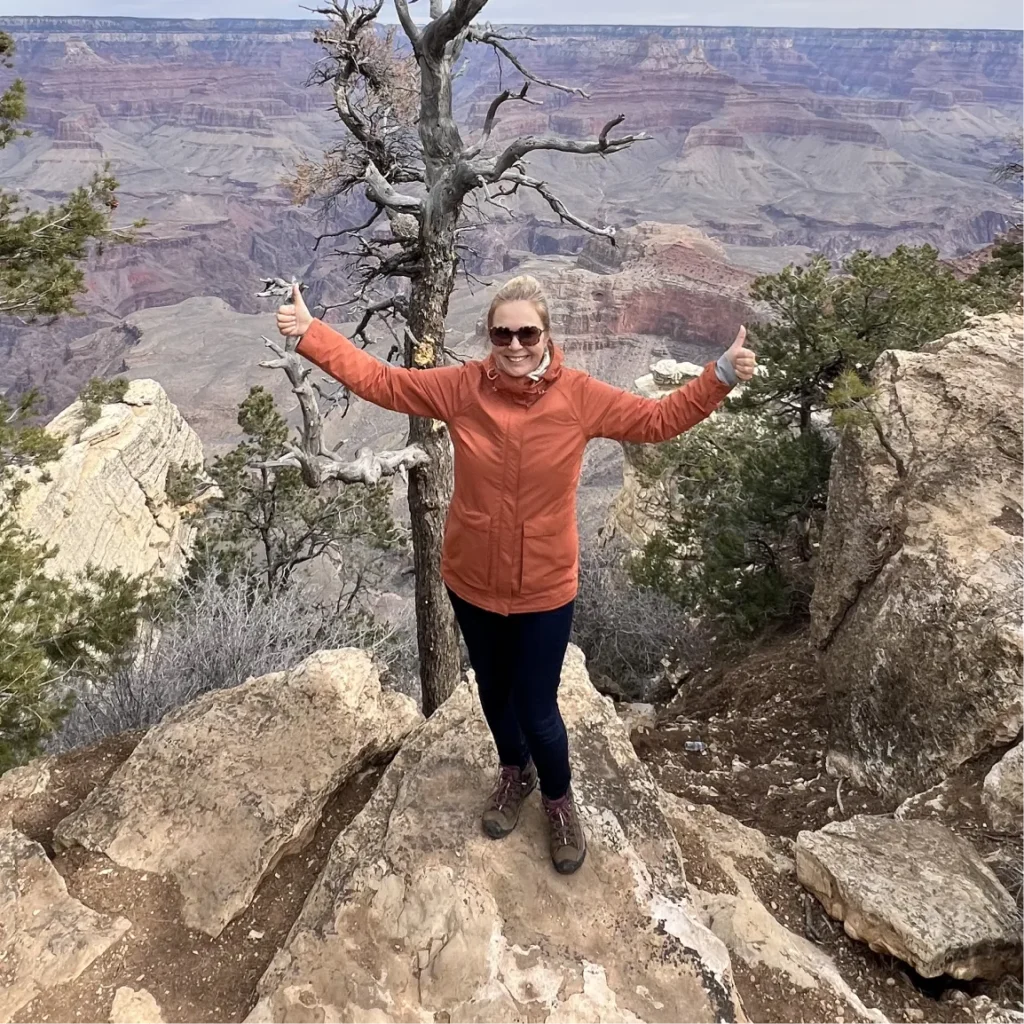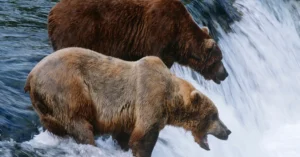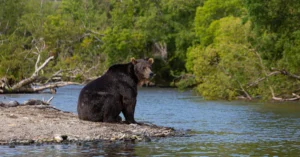Ethical wildlife watching allows us to appreciate the beauty of nature without causing harm. It’s about observing animals in their natural habitats responsibly.
By following best practices, we can enjoy these experiences while ensuring the safety and well-being of wildlife.
Ethical wildlife watching not only protects animals but also preserves their environments for future generations to enjoy.
This blog provides guidelines for responsible wildlife tourism. It covers essential practices like keeping your distance, never feeding animals, supporting conservation, choosing responsible tour operators, respecting nesting areas, and minimizing noise and light disruptions.
By following these tips, you can become a mindful wildlife watcher, contributing to the preservation of the natural world. Let’s dive into it to enjoy the wonders of wildlife with respect and care.
1. Keep Your Distance
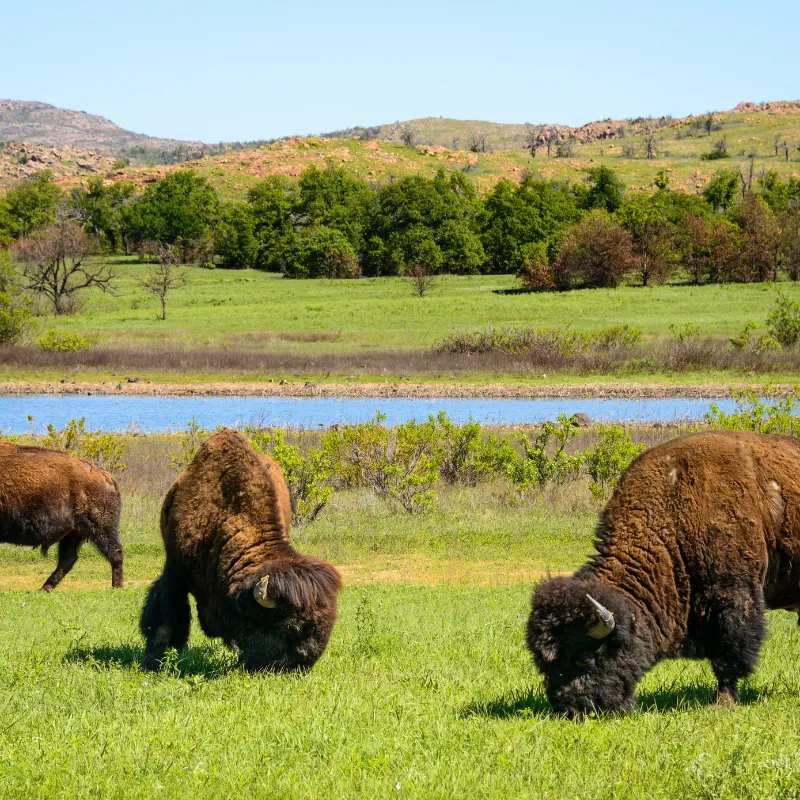
Keeping your distance is vital for ethical wildlife watching. It reduces stress on animals, preventing aggression and disease spread.
By staying far, you allow animals to behave naturally without disruption to their feeding, mating, or other activities.
Using binoculars or a zoom lens helps you observe without disturbing them. Guides emphasize this practice to ensure everyone enjoys and protects nature.
2. Never Feed or Bait Animals
Never feed or bait animals during wildlife watching. It makes them dependent on humans and disrupts their natural behaviors.
Baiting can harm their diet and routines, causing them to associate humans with food, leading to dangerous situations. Keeping wildlife on their natural diet maintains their health and safety.
Ethical wildlife watching means respecting animals and their environment. Not feeding or baiting is crucial for preserving their natural behaviors.
3. Learn More About The Species You Watch
Learning about the species you watch enhances your wildlife experience by making it more enjoyable and meaningful. Researching their behavior, habitat, and needs beforehand helps you spot them easily and respect their space.
This knowledge guides your actions to avoid disturbing them and recognize signs of stress or aggression, ensuring safety for both you and the animals. Utilizing books, websites, and local experts enriches your understanding.
Ethical wildlife watching involves respecting and protecting animals, and knowledge is key to this. Enjoy watching with respect and understanding, making the experience safer and more rewarding.
4. Support Conservation Efforts
Supporting conservation efforts is crucial for protecting wildlife and their habitats, ensuring they are preserved for future generations. Donate to reputable wildlife organizations and volunteer your time to help protect endangered species and restore habitats.
Choose eco-friendly tours and accommodations that follow sustainable practices and support local conservation projects. Spread awareness by educating others about the importance of conservation.
Supporting these efforts is a key part of ethical wildlife watching, ensuring wildlife and their habitats are protected and respected. Your actions can make a positive impact on the natural world.
5. Choose Responsible Tour Operators
Choosing responsible tour operators is essential for ethical wildlife watching. They follow guidelines to protect animals and their habitats, ensuring an enjoyable and safe experience.
Look for operators with eco-friendly practices and conservation certifications, who train their guides in ethical practices. They limit group sizes to reduce stress on animals and environmental impact, maintain safe distances, and discourage feeding or baiting.
These operators also educate tourists about wildlife and conservation. Supporting responsible tour operators helps protect wildlife, supports local communities, and ensures a respectful, sustainable wildlife experience. Research and read reviews to ensure your choice values ethical practices.
6. Respect Nesting Areas
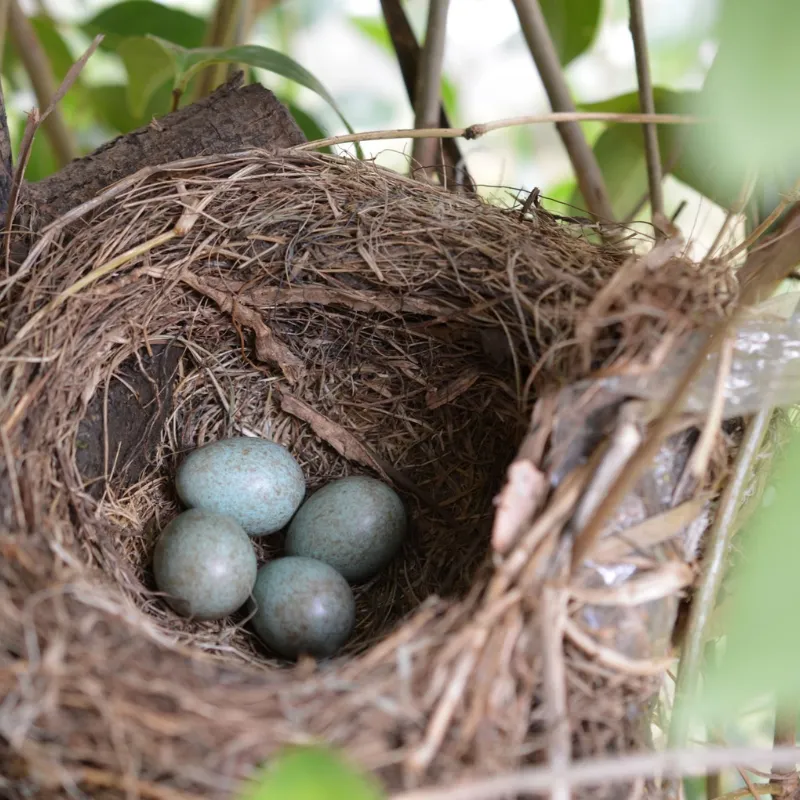
Respect nesting areas during wildlife watching to protect animals and their young. Stay away from nests and dens, avoid loud noises and bright lights to prevent scaring animals or causing them to abandon their nests.
Follow local guidelines and stay on designated paths to minimize impact on wildlife. Use binoculars or zoom lenses to observe from a distance without disturbing them.
Educate yourself about the species and their nesting habits. Respecting nesting areas is key to ethical wildlife watching, ensuring animals can safely raise their young.
7. Minimize Noise And Light Disruption
Minimize noise and light disruption during wildlife watching to avoid scaring animals and disrupting their behaviors. Speak softly, move slowly, and turn off car engines and electronic devices to keep noise levels low.
Avoid flash photography, using natural light or night vision cameras instead. If light is necessary, use a red filter, which is less disturbing. Choose early mornings or late afternoons for wildlife watching when animals are less sensitive to disturbances.
By minimizing noise and light, you ensure a respectful and enjoyable experience for both you and the animals.
8. Keep Safety At First
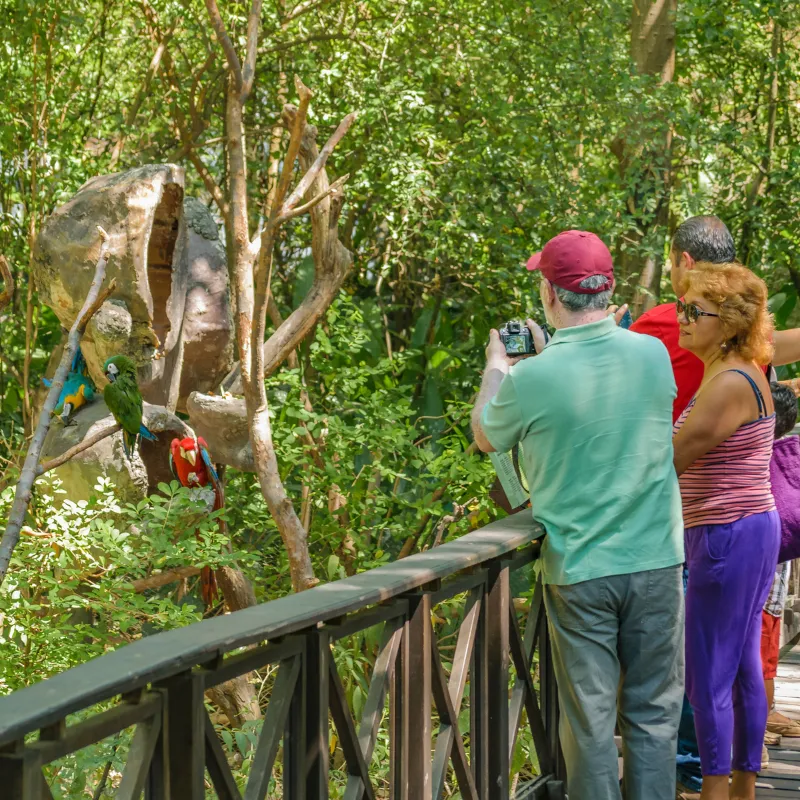
Prioritize safety for both yourself and the animals during wildlife watching. Maintain a safe distance to prevent stress and aggression. Avoid feeding or baiting animals to keep their behaviors natural.
Stay on designated paths and follow local guidelines to protect habitats. Use binoculars or zoom lenses for observation without disturbing wildlife.
Minimize noise and light disruption by speaking softly, moving slowly, and avoiding flash photography. Educate yourself about the species and their behaviors.
Keeping safety first ensures a respectful and enjoyable experience while protecting wildlife and their environments.
9. Leave Seemingly Abandoned Wildlife Alone
If you encounter seemingly abandoned wildlife, resist the urge to intervene. Many animals leave their young hidden while they forage or hunt. Approaching or touching them can cause stress or lead to abandonment.
Observe from a distance to avoid disturbing their natural behavior. Contact local wildlife authorities if you suspect an animal is truly in distress.
Trust that parents will return and know how to care for their young. By leaving seemingly abandoned wildlife alone, you respect their natural processes and contribute to ethical wildlife watching.
10. Keep An Eye On The Weather
Always monitor the weather before heading out for wildlife watching. Weather conditions can affect animal behavior and your safety. Avoid extreme weather to prevent stress on wildlife and hazardous situations for yourself.
Rain, wind, and temperature changes influence animal activity patterns. Dress appropriately and carry necessary gear for changing conditions. Plan your trip during favorable weather to maximize your chances of observing wildlife.
Staying informed about the weather ensures a safe and enjoyable experience while minimizing disturbance to animals and their habitats. Keep an eye on the weather for responsible and ethical wildlife watching.
End Note
Ethical wildlife watching is all about respecting animals and their habitats.
By keeping your distance, never feeding animals, supporting conservation, choosing responsible tour operators, respecting nesting areas, and minimizing noise and light disruptions, you help protect wildlife and ensure their well-being.
Your actions can make a big difference in preserving these wonderful creatures for future generations.
Enjoy your wildlife adventures with care and respect. Every small effort counts in making a positive impact on the natural world. Happy wildlife watching!

